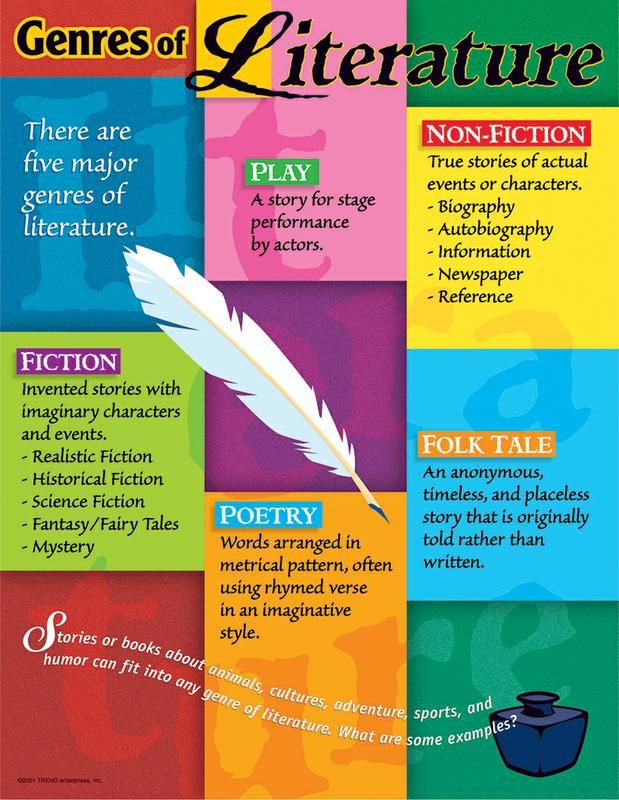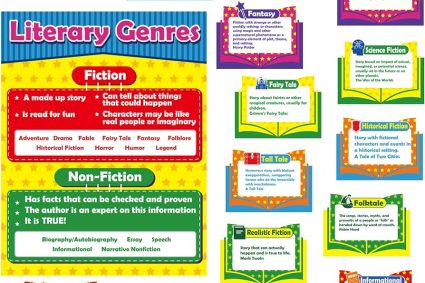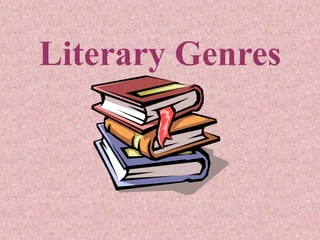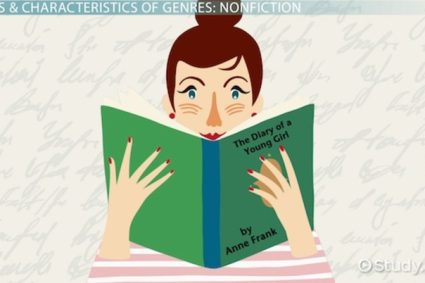
Poetry, an art form that transcends time and language, weaves emotions, imagery, and rhythm into a tapestry of expression. Here are ten essential elements that contribute to the beauty and depth of poetry:
- Imagery: Poetry is a canvas painted with vivid images. Powerful and evocative language creates mental pictures, allowing readers to step into the poet’s world.
- Metaphor and Simile: Metaphors and similes breathe life into poetry, offering comparisons that elevate the ordinary to the extraordinary. They infuse layers of meaning, connecting disparate concepts in the reader’s mind.
- Rhyme and Rhythm: The musical heartbeat of poetry, rhyme, and rhythm create a cadence that resonates with readers. Whether free verse or structured meter, the flow of words adds a melodic quality to the poem.
- Symbolism: Symbols are the secret language of poetry. They carry deeper meanings, often representing complex emotions, societal issues, or universal truths beyond the literal words.
- Alliteration and Assonance: The repetition of consonant sounds (alliteration) and vowel sounds (assonance) adds a lyrical quality to poetry. These techniques create harmony and emphasize specific elements within the poem.
- Meter: The rhythmic pattern of stressed and unstressed syllables defines a poem’s meter. Whether iambic pentameter or trochaic tetrameter, meter contributes to the poem’s cadence and overall structure.
- Enjambment and Caesura: Enjambment is the continuation of a sentence without a pause beyond the end of a line, while caesura is a deliberate pause within a line. These devices control the poem’s pace and emphasize certain ideas.
- Personification: Breathing life into the inanimate, personification grants human attributes to non-human entities, creating a connection between the reader and the abstract or natural world.
- Theme: At the heart of every poem lies a theme, the underlying message or central idea. Themes encompass a wide range of emotions, experiences, and perspectives that resonate with the reader.
- Diction: The careful choice of words, known as diction, shapes the poem’s tone and meaning. Every word carries weight, contributing to the overall impact and effectiveness of the poet’s message.
In the delicate dance of language and emotion, these elements converge to create poetry—an art form that captures the essence of the human experience, transcending time and leaving an indelible mark on the soul.






